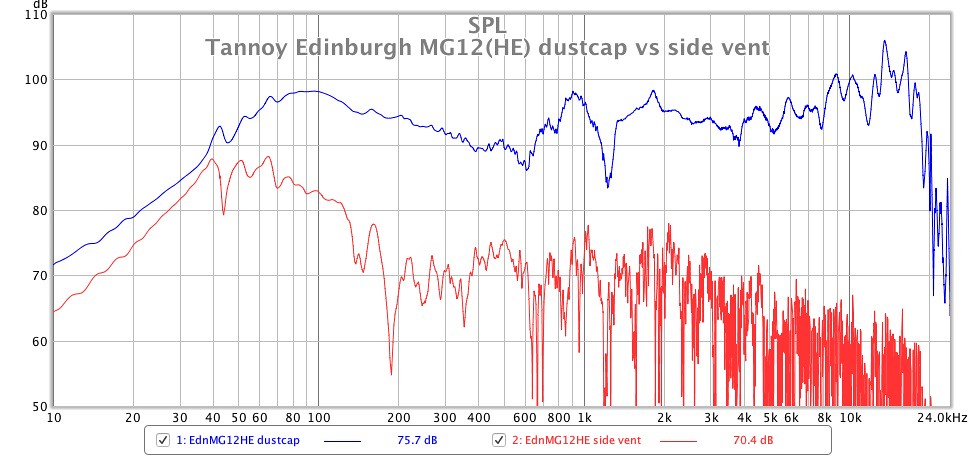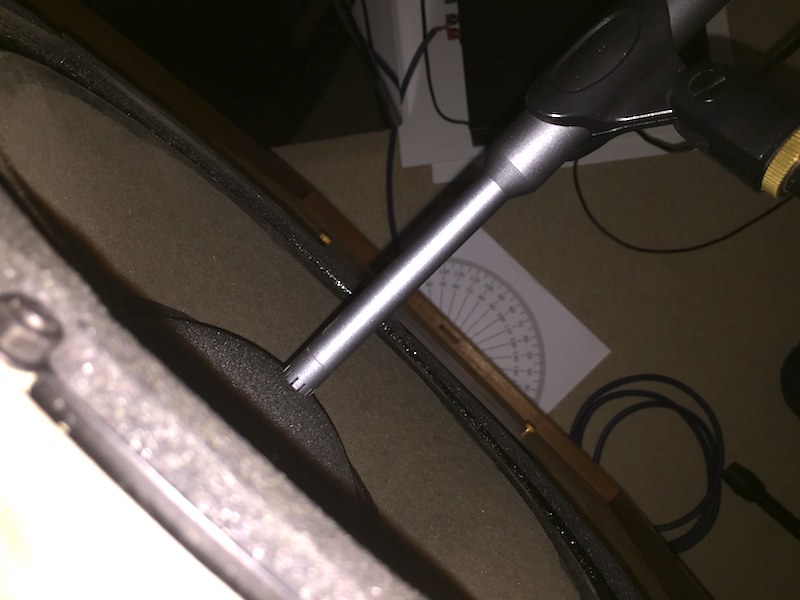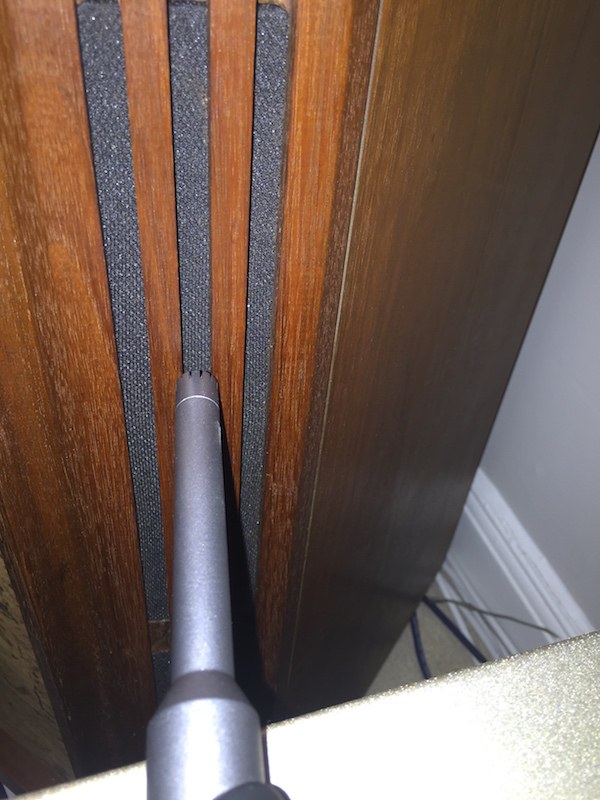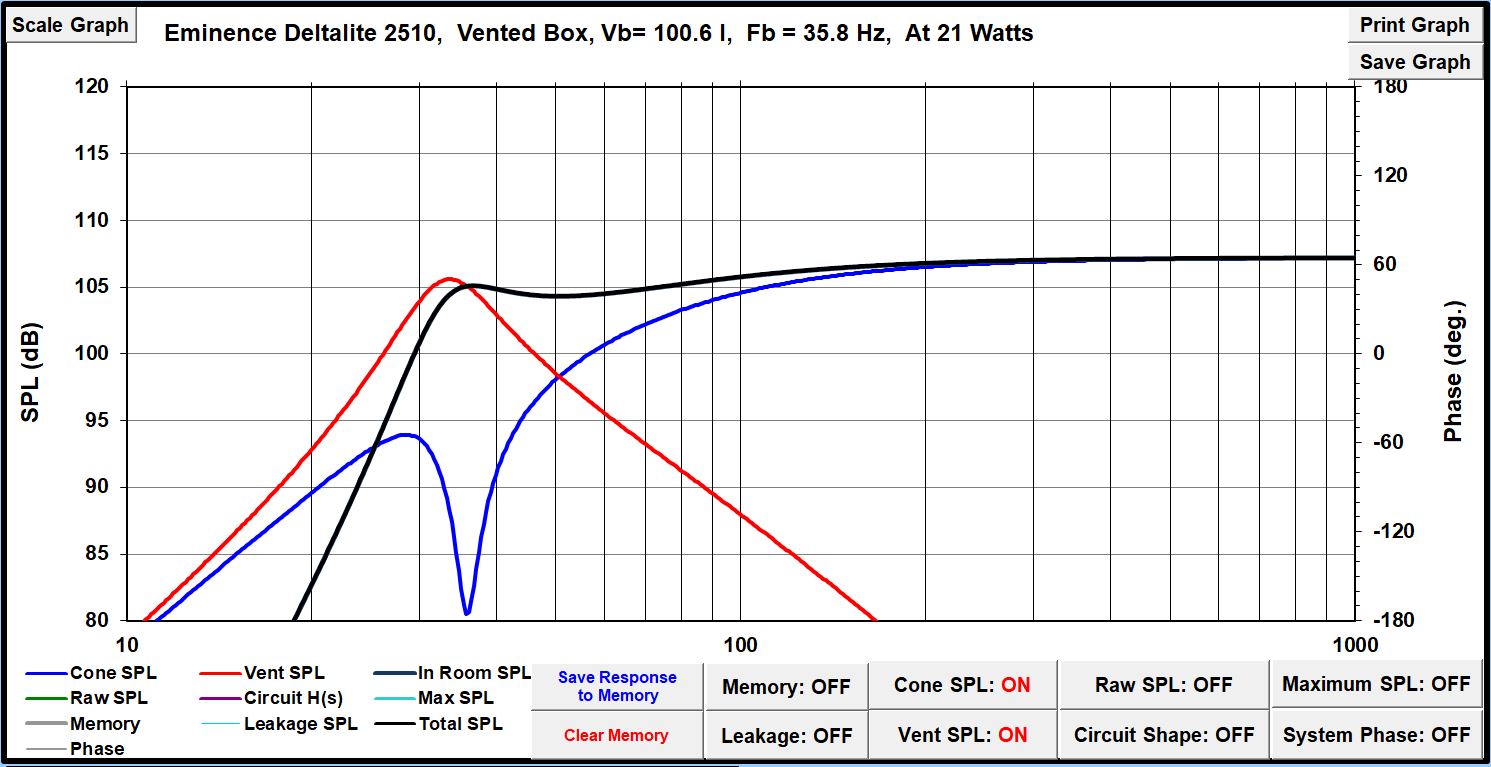Fatmarley
"It appears my intelligence circuits have melted"
I took a measurement with the mic literally 1mm from the dust cap, expecting to see a deep notch in the response like the graphs in @Fatmarley's post #24, but there's nothing apart from a tiny dip at 46Hz.
I then tried taking a measurement with the mic against one of the enclosure's side vents. This time I expected to see a response peak, but there's no peak, only a notch. What does this mean?
FYI - No smoothing has been applied to either measurement.



Starting to think that maybe the Bose 301 measurements are right. If you look at the Stereophile B&W 802D port measurements, they look similar. You just seem to have a lot of output around 1khz and down. Not sure why there's a double dip in the near-field woofer response though.
As for the Tannoys, It's not a conventional port, so I'm not completely surprised by the result (I didn't know what to expect tbh). I don't know why there's not a descent notch in the woofer measurement. Maybe it's because it's a DC driver?
I've built three ported speakers so far, and always got a clean notch at the tuning frequency when measuring the woofer near-field.




